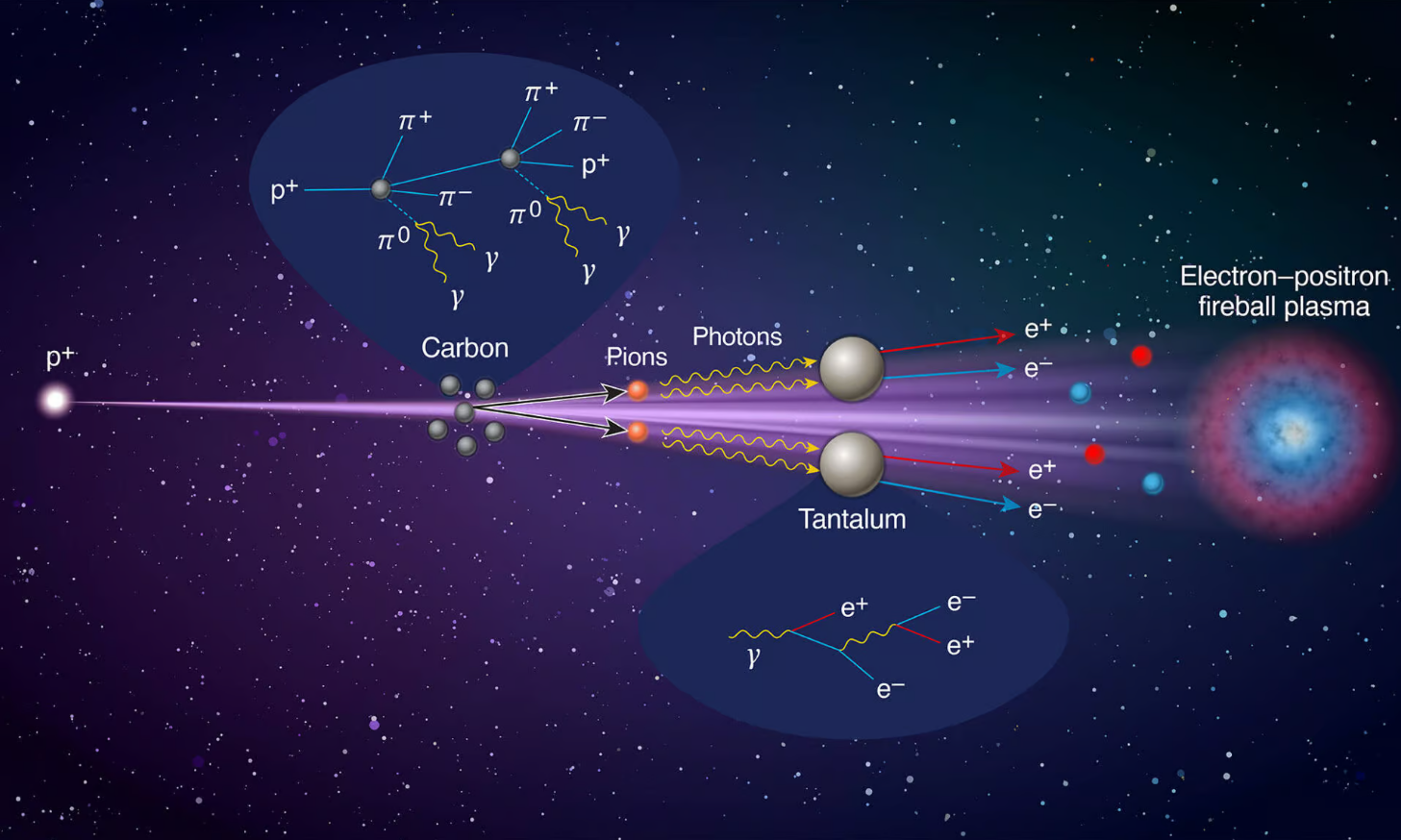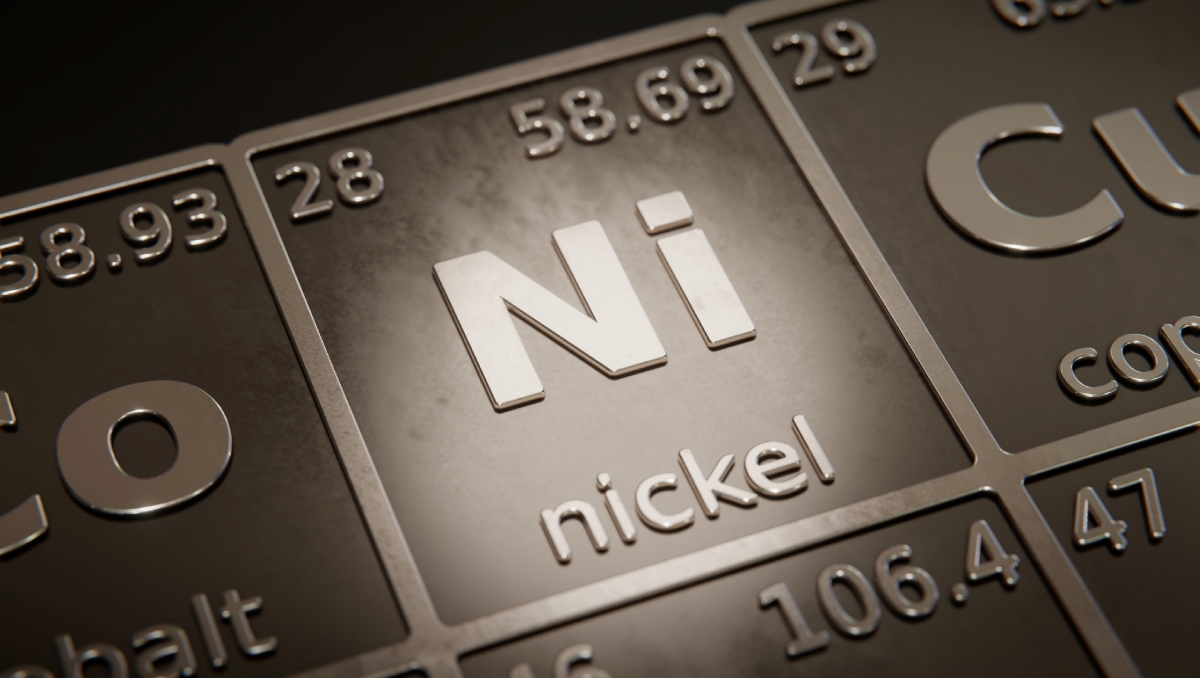Tantalum Is Key to Black Hole Plasma Jet Research

Date

A diagram illustrating the cascade of interactions that occurs to create the plasma.
University of Rochester Laboratory for Laser Energetics illustration / Heather PalmerSource: www.rochester.edu
The Key to Unlocking Astrophysical Mysteries
Tantalum, a rare and valuable metal, plays a crucial role in cutting-edge scientific research, particularly in the recreation of extreme astrophysical phenomena on Earth. One interesting use of tantalum is to create plasma fireballs, similar to the powerful jets emitted by supermassive black holes. Recent experiments at CERN have harnessed tantalum’s unique properties to delve deeper into the mysterious processes occurring near black holes, offering insights that were previously out of reach.
The Mystique of Black Holes and Their Plasma Jets
Supermassive black holes are not just cosmic vacuum cleaners; they are dynamic entities capable of spewing out enormous beams of plasma at nearly the speed of light. These relativistic jets, composed of high-energy particles such as electrons and positrons, present a fascinating yet perplexing phenomenon. Despite extensive astronomical observations and sophisticated computer simulations, the precise mechanisms behind the formation and behavior of these jets remain elusive.
The jets are believed to contain a plasma formed from electron-positron pairs, but studying these high-energy environments directly is challenging due to their vast distances and extreme conditions. This is where laboratory experiments come into play, providing a controlled setting to replicate and investigate these cosmic events.
Recreating Cosmic Phenomena at CERN
CERN’s recent experiments have taken a significant leap forward in this endeavor. Utilizing the High-Radiation to Materials (HiRadMat) facility, scientists captured 300 billion protons from the Super Proton Synchrotron and directed them onto targets made of graphite and tantalum. This process set off a cascade of particle interactions, leading to the generation of a stable plasma state composed of electron-positron pairs.
The choice of tantalum as a target material is pivotal. When high-energy gamma rays, produced by the decay of neutral pions, interact with the electric field of tantalum, they generate pairs of electrons and positrons. In the recent experiments, a staggering 10 trillion electron-positron pairs were produced, simulating the conditions of astrophysical plasma jets.
Why Tantalum?
Tantalum’s unique properties make it an ideal candidate for such high-energy experiments. Its high atomic number and dense nucleus provide a robust field for gamma rays to interact with, facilitating the production of electron-positron pairs. Additionally, tantalum’s ability to withstand extreme conditions without degrading ensures the integrity of the experiments over multiple trials.
Bridging Observations and Simulations
These groundbreaking experiments are not just about creating impressive fireballs in the lab; they represent a crucial bridge between astronomical observations and theoretical simulations. As Gianluca Gregori, a co-author of the study, explains, “Laboratory experiments such as these are a bridge between these two approaches.” By reproducing the microphysics of astrophysical phenomena, scientists can gain a deeper understanding of the processes that govern the behavior of jets from black holes and neutron stars.
The Future of Astrophysical Research
The success of these experiments opens up new avenues for research. With tantalum at the core of these investigations, scientists can continue to explore the fundamental interactions that drive some of the most energetic events in the universe. This research not only enhances our understanding of black holes but also contributes to the broader field of high-energy physics, potentially leading to new technologies and applications.
In conclusion, tantalum’s role in scientific research underscores its importance in the quest to unravel the mysteries of the cosmos. As scientists continue to push the boundaries of what is possible in the lab, tantalum will remain a key element in their toolkit, enabling discoveries that bring us closer to understanding the complexities of the universe.



